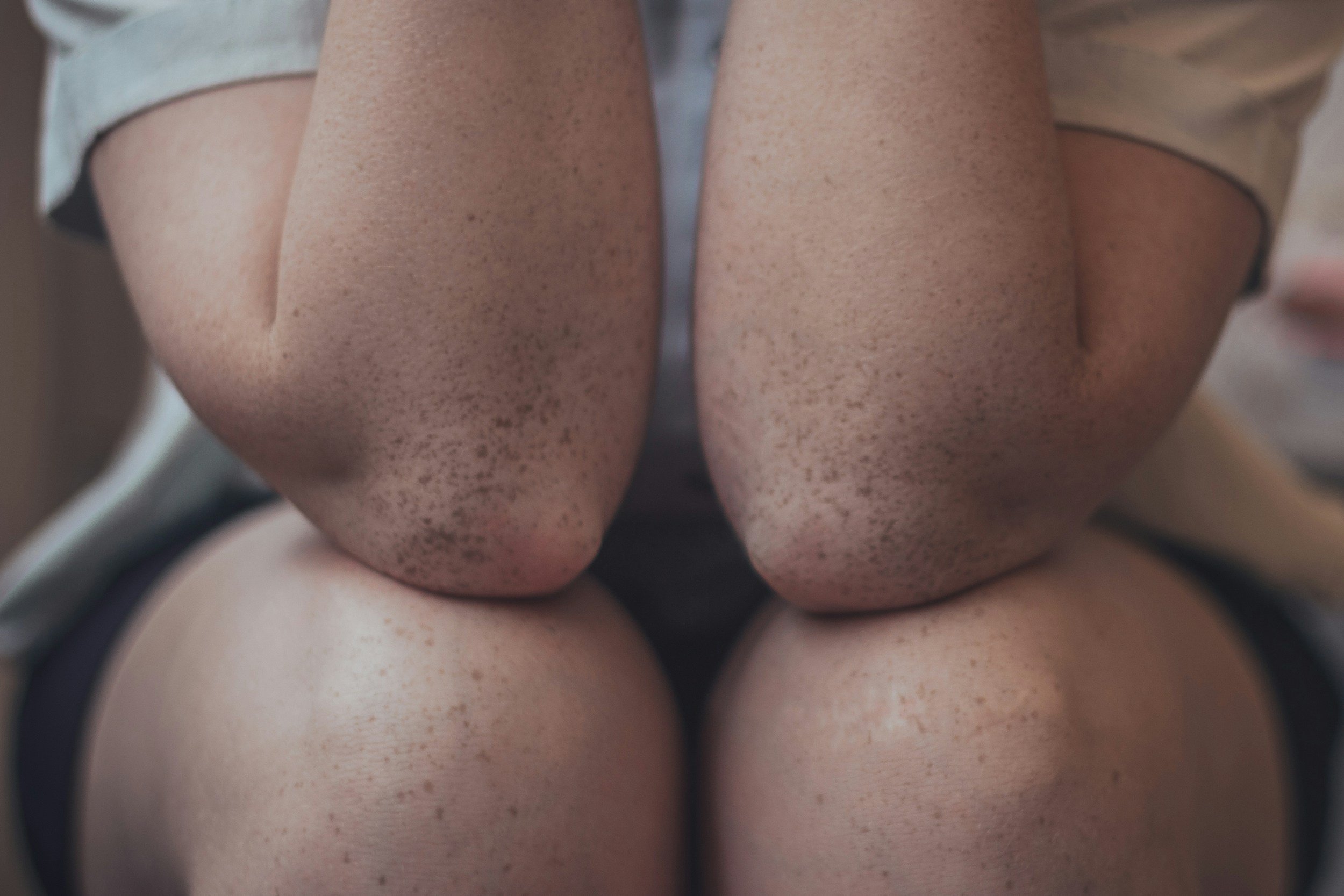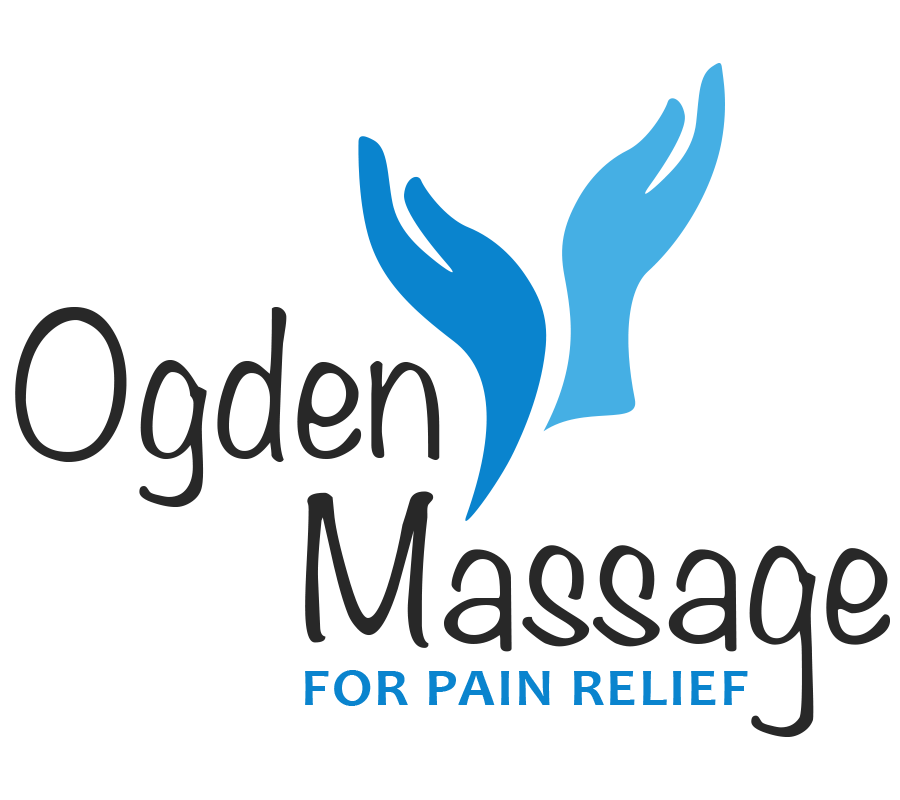
Experience Faster Healing with Graston Therapy in Ogden
A Proven Technique for Post-Surgery Recovery and Pain Relief
Whether you’re recovering from surgery or dealing with chronic pain, the Graston Technique® can help you regain mobility, reduce inflammation, and promote healing. Discover how this specialized therapy accelerates recovery by targeting scar tissue and improving soft tissue mobility.
What is Graston Technique?
Graston Technique Therapy is an evidence-based form of instrument assisted (like pictured above) soft tissue mobilization.
It uses specially designed stainless-steel instruments to treat areas of soft tissue restriction. It's particularly effective for post-surgery recovery, helping to break down scar tissue and increase circulation, allowing for faster and more complete healing. Whether you’re in Ogden seeking relief from pain or recovering from a recent surgery, Graston Therapy offers a customized approach to meet your body’s needs.
In this massage modality, therapists use highly specialized tools to detect restrictions in the fascia, muscles and tendons and then break up the scar tissue and adhesions. Massage therapists often incorporate stretching to maximize the effectiveness of the treatment.
Why Book a Graston Technique Massage
Effective Post-Surgery Care: Graston Therapy is ideal for individuals recovering from surgery, as it targets scar tissue, improves range of motion, and helps speed up recovery.
Non-invasive Pain Relief: This therapy reduces pain and inflammation without the need for more medications or more invasive treatments.
Experienced Graston Therapists: Our licensed therapists are certified in the Graston Technique, ensuring that you receive high-quality, expert care in Ogden.
When to book a Graston Technique Massage
Graston Technique Therapy can accelerate healing time after a surgery or injury, reduce or eliminate scar tissue, restore range of motion, eliminate pain and restore normal function.
Therapists are able to successfully treat dysfunctions that were previously thought to be permanent. To get a doctor’s perspective, read the interview with Dr. Shawn Engell.
If you’re experiencing any of the following, book a Graston Technique Therapy with Ogden Pain Relief:
Ankle Pain
Wrist Pain
Neck Pain
Fibromyalgia
Hamstring Injuries
Hip Pain
IT Band
Tennis Elbow
Back & Shoulder Pain
Golfer’s Elbow
Knee & Heel Pain
Scar Tissue
Women’s Health: Post-Surgery Scarring
If you’ve never experienced Graston Technique Therapy at our clinic, call us for a discount on your first three sessions! 801-503-0848
What to Expect during Graston Technique Therapy
If you book a short session to treat 1-2 areas, depending on the area of the body, you can come in your active wear and be treated while sitting or lying on the table. The other option is to book a Therapeutic Massage/Graston mixed session. This will be performed like a traditional-style Therapeutic Massage, adding the Graston Technique as needed.
FAQs
-
No, while some people have seen photos online of people bruised after Graston Technique Therapy, and while every body responds differently, and some bruising may occur, it does not need to hurt to be effective. The same results can be achieved with less pressure and our therapists use techniques to facilitate a comfortable experience.
-
The first tool is used to detect adhesions and scar tissue. Next, the therapist chooses the right tool to treat the affected area, promoting healing. The therapist then stretches the muscles to maximize the effectiveness of the session.
-
If you’ve had the issue for a long time, you may need up to 12 visits. If it’s a more recent problem, you could see the results you’re looking for in 2-6 treatments. Every body is different. Your therapist will be able to help you decide what is right for you.




